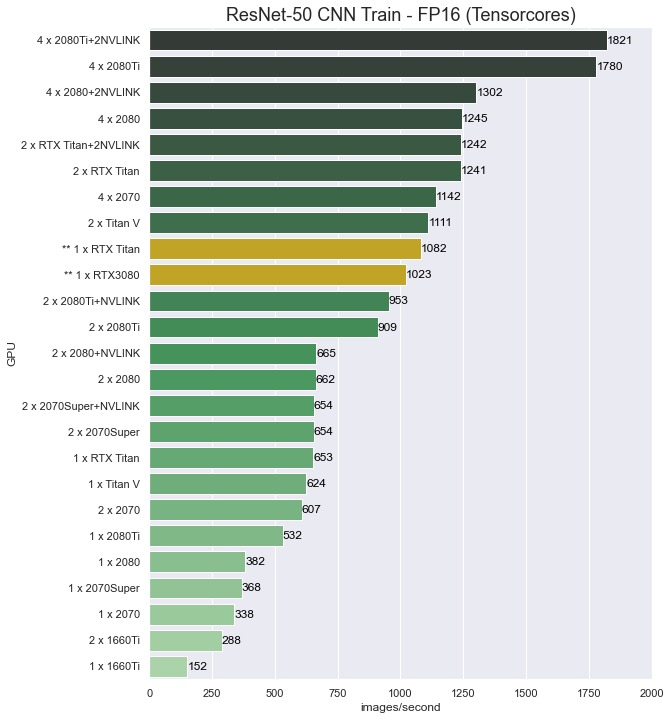RTX 3080을 이용한 AI 성능 [이런 Test를 해보는 해외 기술 블로거.. 대단하다.]
Test system
Hardware
- Intel Xeon 3265W: 24-cores (4.4/3.4 GHz)
- Motherboard: Asus PRO WS C621-64L SAGE/10G (Intel C621-64L EATX)
- Memory: 6x REG ECC DDR4-2933 32GB (192GB total)
- NVIDIA RTX3080 and RTX TITAN
Software
- Ubuntu 20.04 Linux
- Docker version 19.03.12
- NVIDIA Driver Version: 455.23.04
- nvidia-container-toolkit 1.3.0-1
- NVIDIA NGC containers
- nvcr.io/nvidia/tensorflow:20.08-tf1-py3
- nvcr.io/hpc/namd:2.13-singlenode
Test Jobs
- TensorFlow-1.15: ResNet50 v1, fp32 and fp16
- NAMD-2.13: apoa1, stmv
Conclusions
NVIDIA is keeping the "spirit" of Moore's Law alive! The "Ampere" GPU based RTX 3080 is a significant step forward in performance-per-dollar. The results presented in this post are preliminary. They will only get better as the driver matures and as software developers tune their applications for better performance on the architecture.
I can tell you that some of the nice features on the Ampere Tesla GPUs are not available on the GeForce 30 series. There is no MIG (Multi-instance GPU) support and the double precision floating point performance is very poor compared to the Tesla A100 ( I compiled and ran nbody as a quick check). However, for the many applications where fp32 and fp16 are appropriate these new GeForce RTX30 GPUs look like they will make for very good and cost effective compute accelerators.


'IT Tech & Knowledge' 카테고리의 다른 글
| ChatGPT API 연동 티스토리 자동글쓰기 포스팅 해보기 (2/2) (0) | 2023.03.05 |
|---|---|
| ChatGPT API 연동 티스토리 자동글쓰기 포스팅 해보기 (1/2) : 프로그램 포함 (0) | 2023.03.05 |
| SQL Query 연습을 위한 기본 준비 (0) | 2023.01.17 |
| 원격제어 프로그램 PARSEC 파섹 셋팅하기 : 언제나 원격제어 가능 (0) | 2022.10.08 |
| 구글코랩 - 구글의 클라우드에서 GPU를 무료로 사용하는 분석 (0) | 2021.04.12 |
| 실전에서 바로 사용하는 Oracle 정규 표현식 : REGEXP_REPLACE, REGEXP_SUBSTR을 위한 응용편 (0) | 2020.11.28 |
| 깃허브 (GitHub) 사용법 (0) | 2020.10.11 |
| GIT 설치하기 : 윈도우에서 바로 설치하기 (0) | 2020.10.10 |



